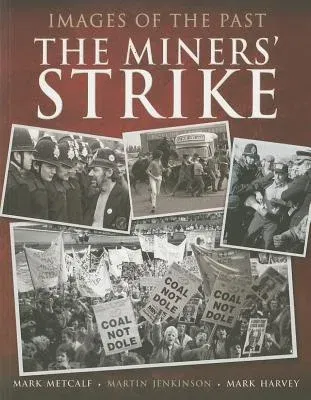In addition to being the most bitter industrial dispute the coal miners'
strike of 1984/5 was the longest national strike in British history. For
a year over 100,000 members of the National Union of Mineworkers, their
families and supporters, in hundreds of communities, battled to prevent
the decimation of the coal industry on which their livelihoods and
communities depended. Margaret Thatcher's government aimed to smash the
most militant section of the British working class. She wanted to usher
in a new era of greater management control at work and pave the way for
a radical refashioning of society in favor of neo-liberal objectives
that three decades later have crippled the world economy.
Victory required draconian restrictions on picketing and the development
of a militarized national police force that made widespread arrests as
part of its criminalization policy. The attacks on the miners also
involved the use of the courts and anti-trade union laws, restrictions
on welfare benefits, the secret financing by industrialists of working
miners and the involvement of the security services. All of which was
supported by a compliant mass media but resisted by the collective
courage of miners and mining communities in which the role of Women
against Pit Closures in combating poverty and starvation was heroic.
Thus inspired by the struggle for jobs and communities an unparalleled
movement of support groups right across Britain and in other parts of
the world was born and helped bring about a situation where the miners
long struggle came close on occasions to winning.
At the heart of the conflict was the Yorkshire region, where even at the
end in March 1985, 83 per cent of 56,000 miners were still out on
strike. The official Yorkshire National Union of Mineworkers (NUM) area
photographer in 1984-85 was the late Martin Jenkinson and this book of
his photographs - some never previously seen before - serves as a unique
social document on the dispute that changed the face of Britain.

